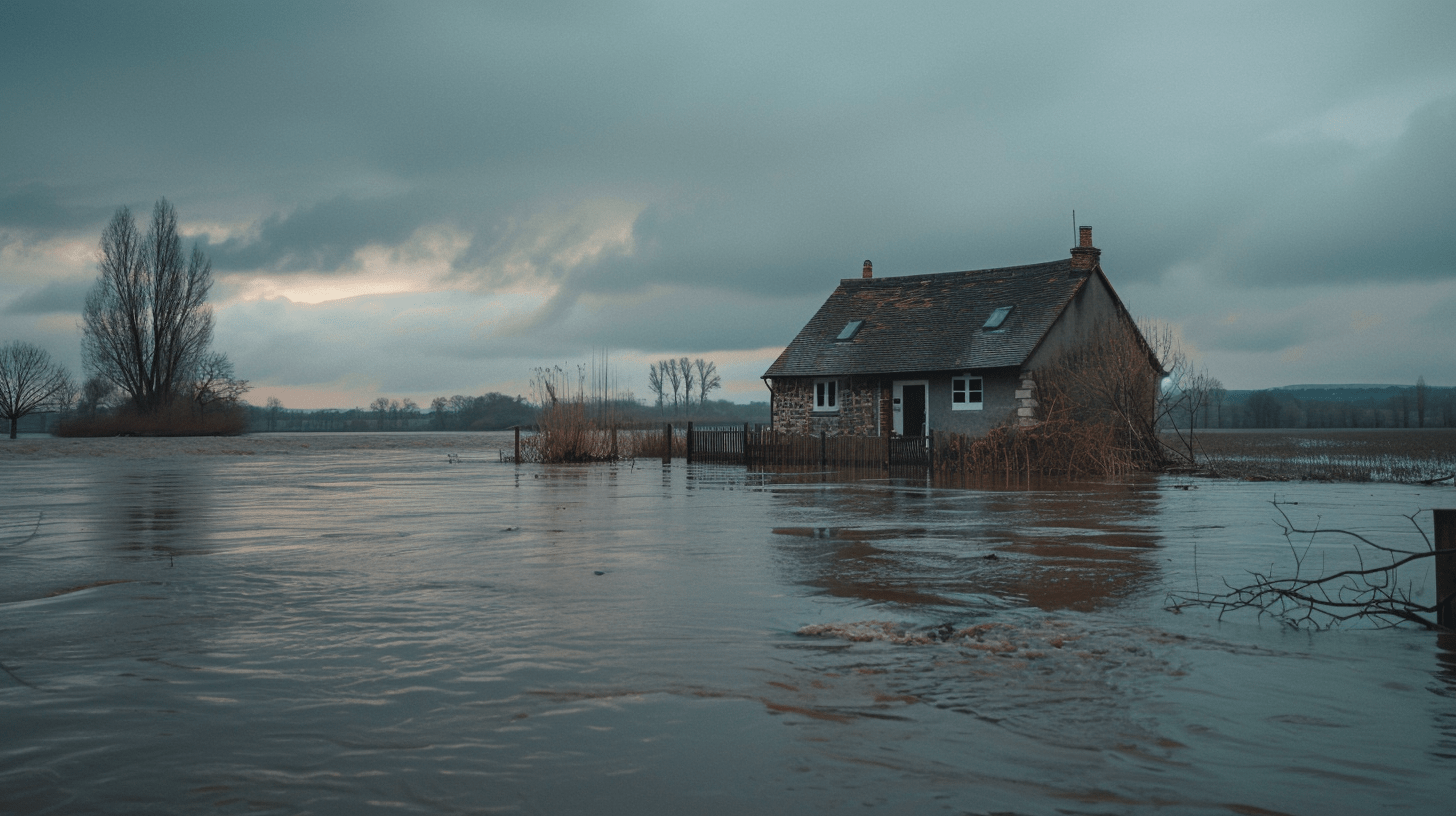Floods
Flooding is worsening with climate change and urban growth. Learn what causes floods, their impacts, and how to build resilience.

Real World Examples of Water Cycle Activities
Louisiana, United States (Precipitation & Runoff): Louisiana is located in a low-lying area below sea level and its location between the Mississippi River and Lake Pontchartrain creates a “bowl” effect where water can easily collect and flood, making it vulnerable to storm surges and heavy rainfall.
- In August 2016, historic floods devastated parts of Louisiana, killing 13 and causing an estimated $10.3 billion in damage to tens of thousands of homes. The flooding brought more rain than Hurricane Katrina had when the area had flooded a decade prior.
Jakarta, Indonesia (Runoff & Infiltration): Jakarta, Indonesia is situated on a coastal plain and is subject to seasonal monsoon rains. The city has experienced rapid urbanization, leading to an increase in impervious surfaces like concrete and asphalt.
- Just this year in March 2025, thousands of people in Jakarta were evacuated after floods swamped the region, blocking roads and submerging over 1,000 houses and many cars.
Texas, United States (Runoff & Infiltration): Houston, Texas sits on a flat plain, which means water doesn’t runoff as easily back into the ocean. Further, the poor infiltration of the soil in Texas – clay-based which doesn’t absorb water well – leads to runoff and flooding.
- On March 28th 2025, drenching rain in the Rio Grande Valley, along the Texas - Mexico border, led to cities in the area receiving more than 21 inches of rain with severe flooding and authorities rescuing more than 200 residents with another 200 waiting to be rescued.
Poor drainage and inadequate flood control systems often lead to runoff water that results in flooding. Additionally, cities' groundwater extraction for drinking water is causing subsidence, which is when groundwater is pumped out for human use and water levels drop, thus reducing the pressure that the water has been providing to continue supporting the ground. As a result of lessening pressure, the ground sinks essentially creating basins that can trap water, increasing the likelihood of flooding.
Subsidence can also damage existing flood control systems and drainage infrastructure like storms drains, pipes, and canals. When the ground sinks, these systems can become misaligned, blocked, or unable to handle the volume of water, leading to greater flooding.
In other cases, subsidence can also reduce the ground's ability to absorb water. This is because compacted soil and rock layers are less permeable, so rainwater is less likely to seep into the ground. Instead, more water runs off the surface, contributing to further flooding.